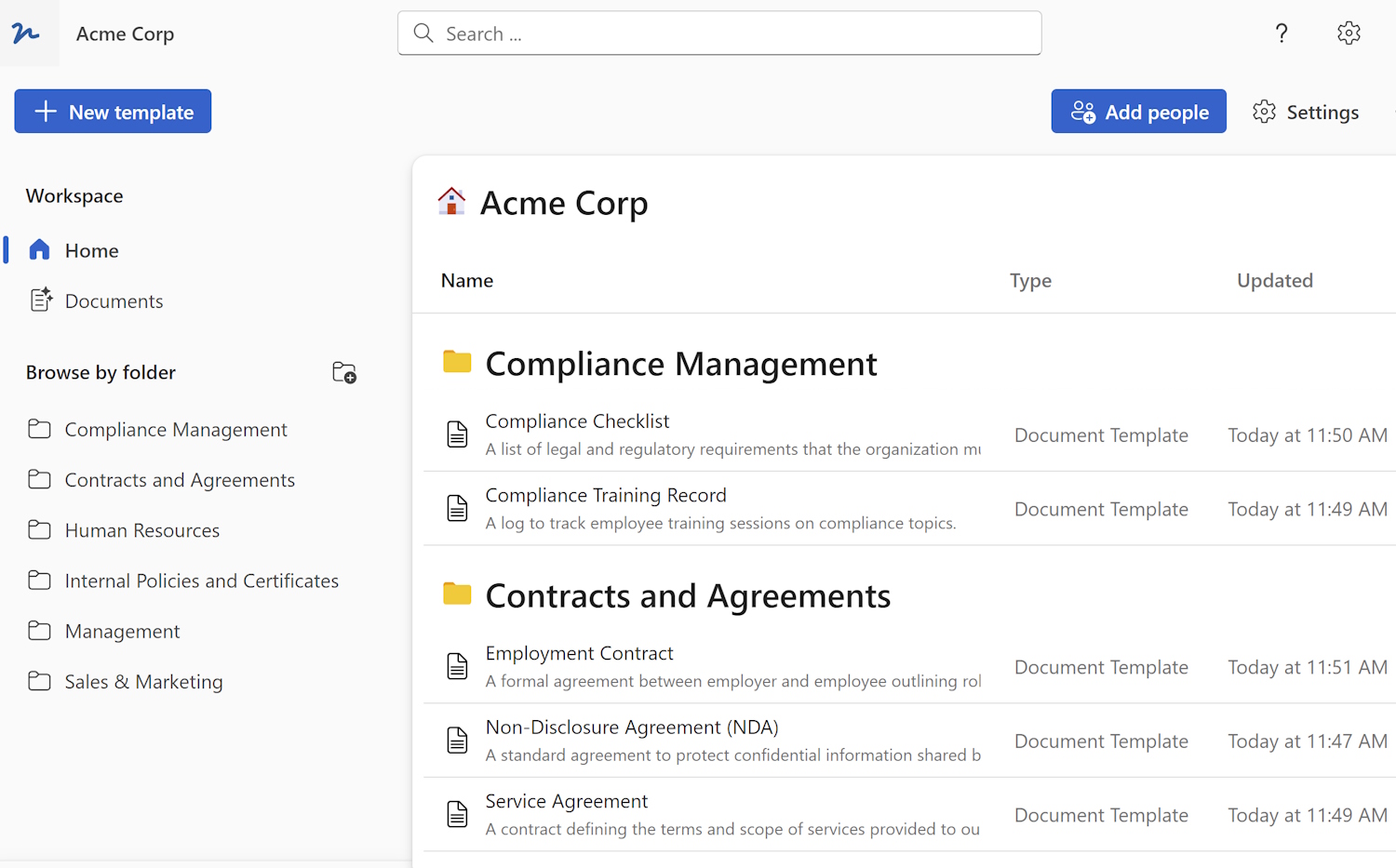
In today's fast-paced digital world, efficiency is key. Businesses are constantly searching for ways to streamline their processes and improve productivity. One area that often requires a significant amount of time and effort is document creation. Whether it's drafting contracts, producing reports, or generating invoices, creating documents can be a time-consuming and tedious task. That's where automated document creation comes in.
Automated document creation refers to the use of technology to streamline and simplify the process of generating documents. Instead of manually inputting information and formatting documents, automated systems can do it all with just a few clicks. This technology is revolutionizing the way businesses handle document creation, making it faster, more accurate, and more efficient.
One of the key benefits of automated document creation is time savings. With traditional document creation methods, employees spend hours typing, formatting, and proofreading documents. This not only takes up valuable time but also increases the risk of errors and inconsistencies. Automated document creation eliminates these manual steps, allowing employees to focus on more important tasks. By leveraging pre-designed templates and merging data from various sources, automated systems can create documents in a matter of minutes, significantly reducing the time it takes to complete the process.
Accuracy is another significant advantage of automated document creation. Human error is inevitable when manually creating documents. Typos, formatting mistakes, and inconsistencies can easily occur, leading to unprofessional and potentially costly errors. Automated systems use predefined templates and data integration to ensure that all information is accurate and consistent. They can also perform validation checks to ensure that the entered data is correct and complete. This not only reduces the risk of errors but also improves the overall quality and professionalism of the documents.
Furthermore, automated document creation provides a high level of customization and personalization. With pre-designed templates, businesses can create professional-looking documents that align with their branding and visual identity. They can also tailor the content and formatting to meet specific requirements or comply with industry standards. This level of customization not only enhances the professionalism of the documents but also helps businesses establish a consistent and cohesive brand image.
One of the most significant drawbacks of traditional document creation methods is the risk of document versioning issues. When multiple people are involved in the document creation process, it can be challenging to keep track of updates, revisions, and approvals. This can lead to confusion and delays, especially in complex projects. Automated document creation systems provide version control and collaboration features to streamline the process. Multiple users can work on the same document simultaneously, with changes tracked and saved automatically. This eliminates versioning issues and ensures that everyone is always working on the most up-to-date version of the document.
In addition to efficiency and accuracy, automated document creation also improves compliance and data security. Many industries have strict regulations and requirements for document generation and storage. Automated systems can incorporate these rules into the templates, ensuring that all documents comply with legal and industry standards. They can also integrate with existing document management systems to securely store and manage sensitive data. This reduces the risk of data breaches and unauthorized access, providing businesses with peace of mind.
Implementing automated document creation requires the right tools and technology. There are numerous software solutions available in the market that offer document automation features. These tools typically provide a user-friendly interface where users can design templates, define data sources, and customize document formatting. Some advanced tools also offer integration capabilities with other business applications, such as customer relationship management (CRM) or enterprise resource planning (ERP) systems. This allows for seamless data transfer and automation across different departments and processes.
It's important to note that while automated document creation offers significant benefits, it's not a one-size-fits-all solution. Businesses should carefully evaluate their specific needs and requirements before implementing such systems. Factors such as the volume and complexity of documents, the level of customization required, and the level of integration with existing systems should be taken into consideration. It's also crucial to provide adequate training and support to employees who will be using the automated document creation tools to ensure a smooth transition and maximize the benefits.
In conclusion, automated document creation is revolutionizing the way businesses handle document generation. It offers time savings, accuracy, customization, version control, compliance, and data security. By leveraging technology and pre-designed templates, businesses can streamline their document creation processes and improve overall productivity. However, it's essential to carefully evaluate the specific needs and requirements before implementing automated document creation systems. With the right tools and proper training, businesses can unlock the full potential of automated document creation and take their productivity to new heights.
 WordFields
WordFields
